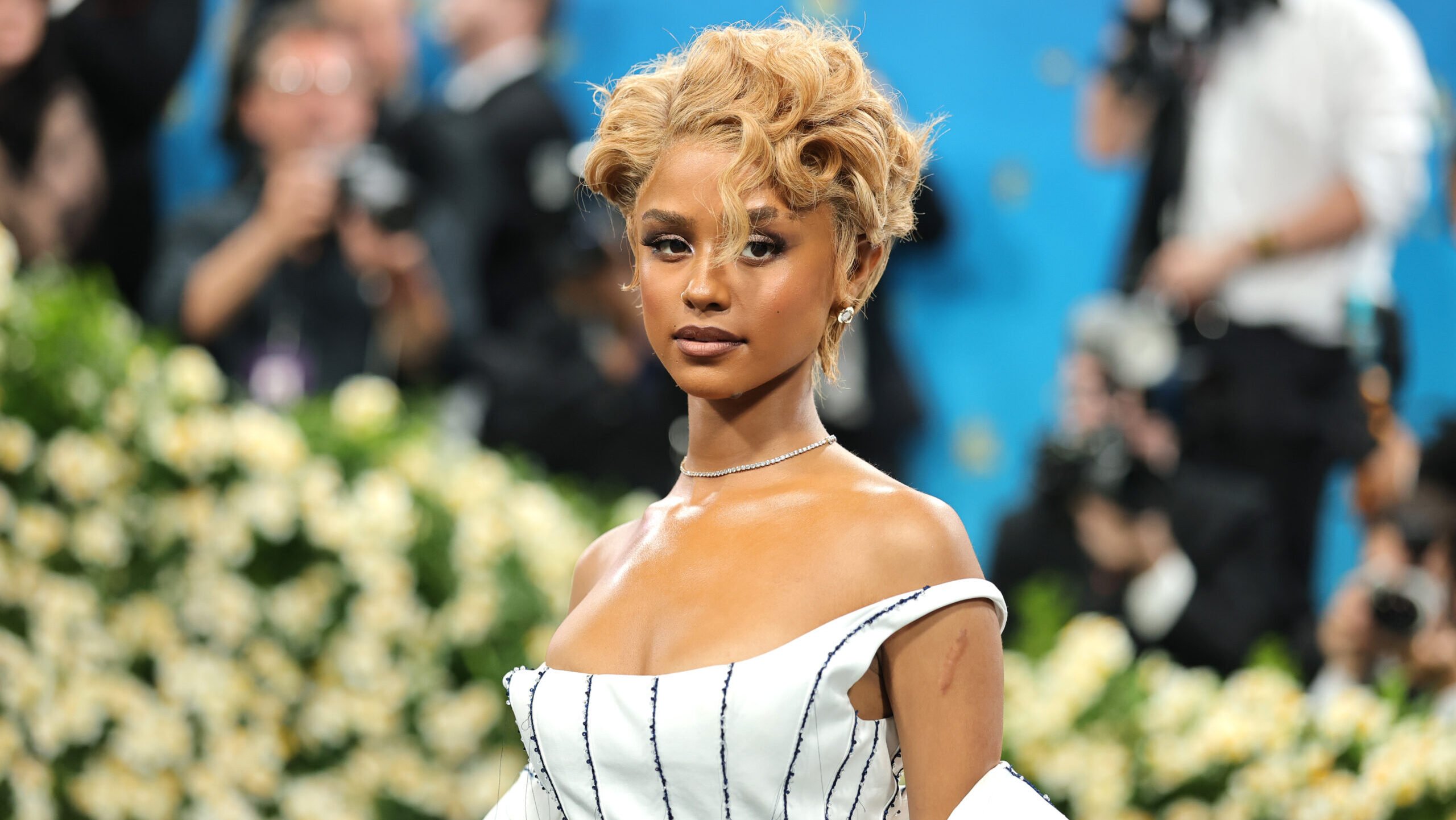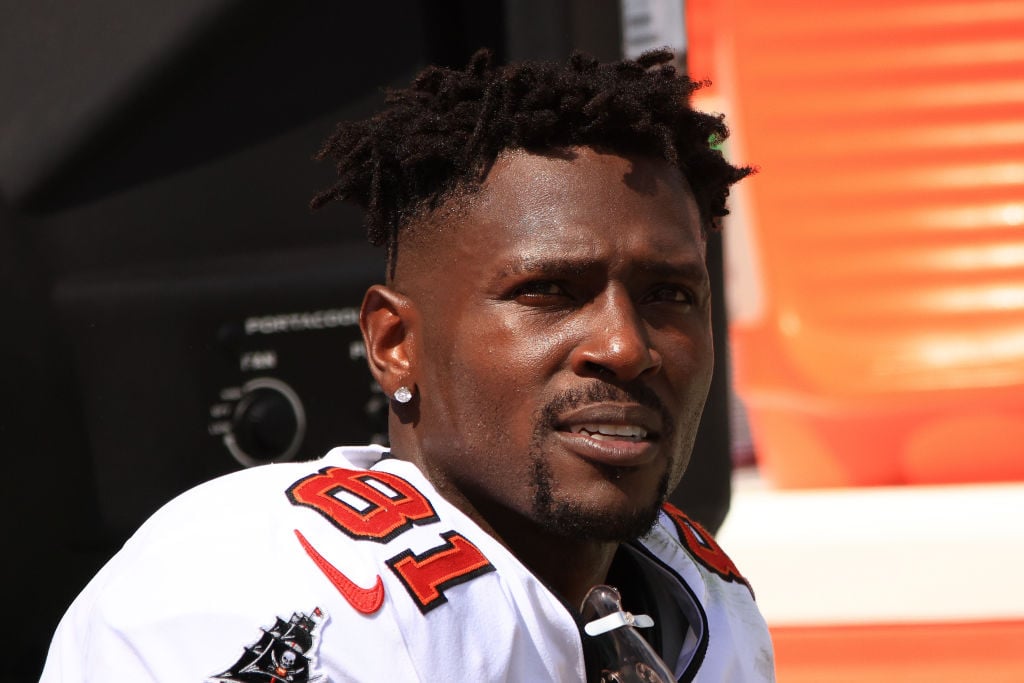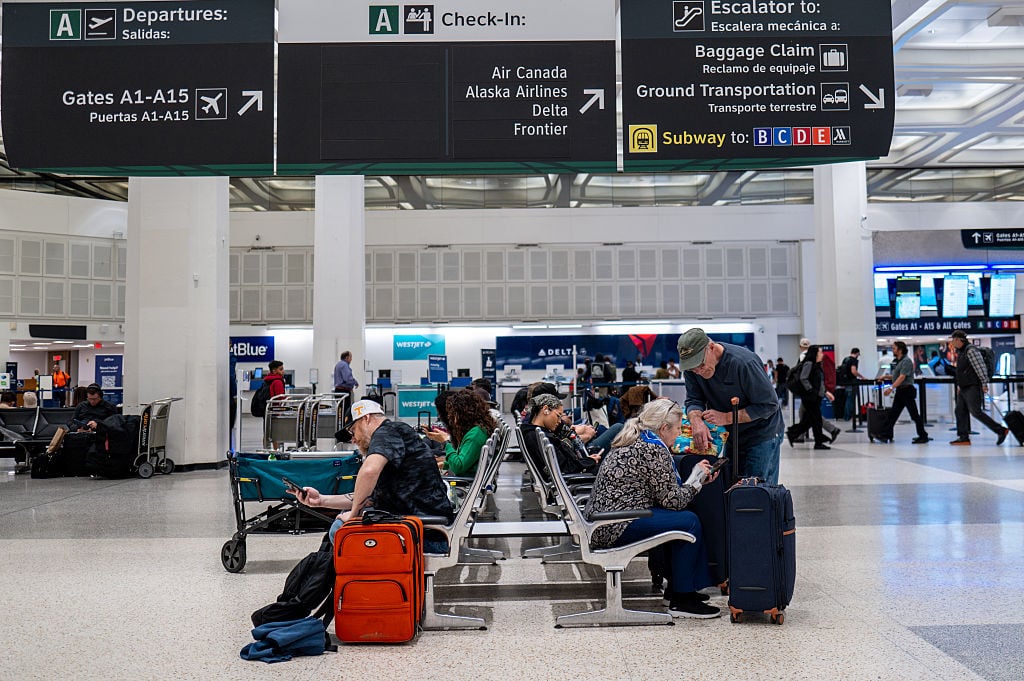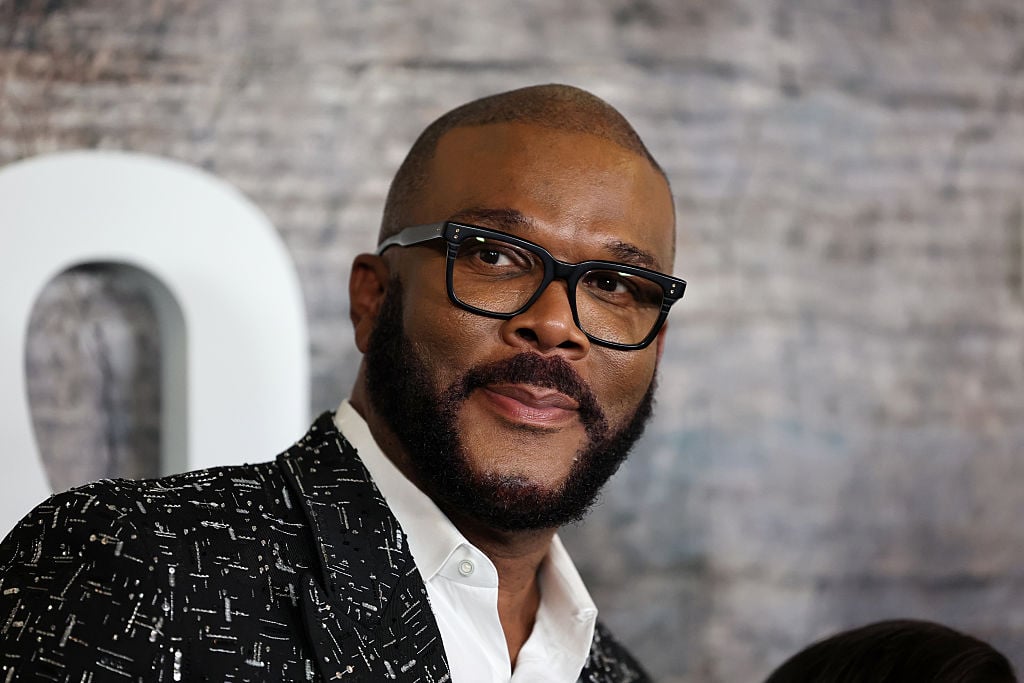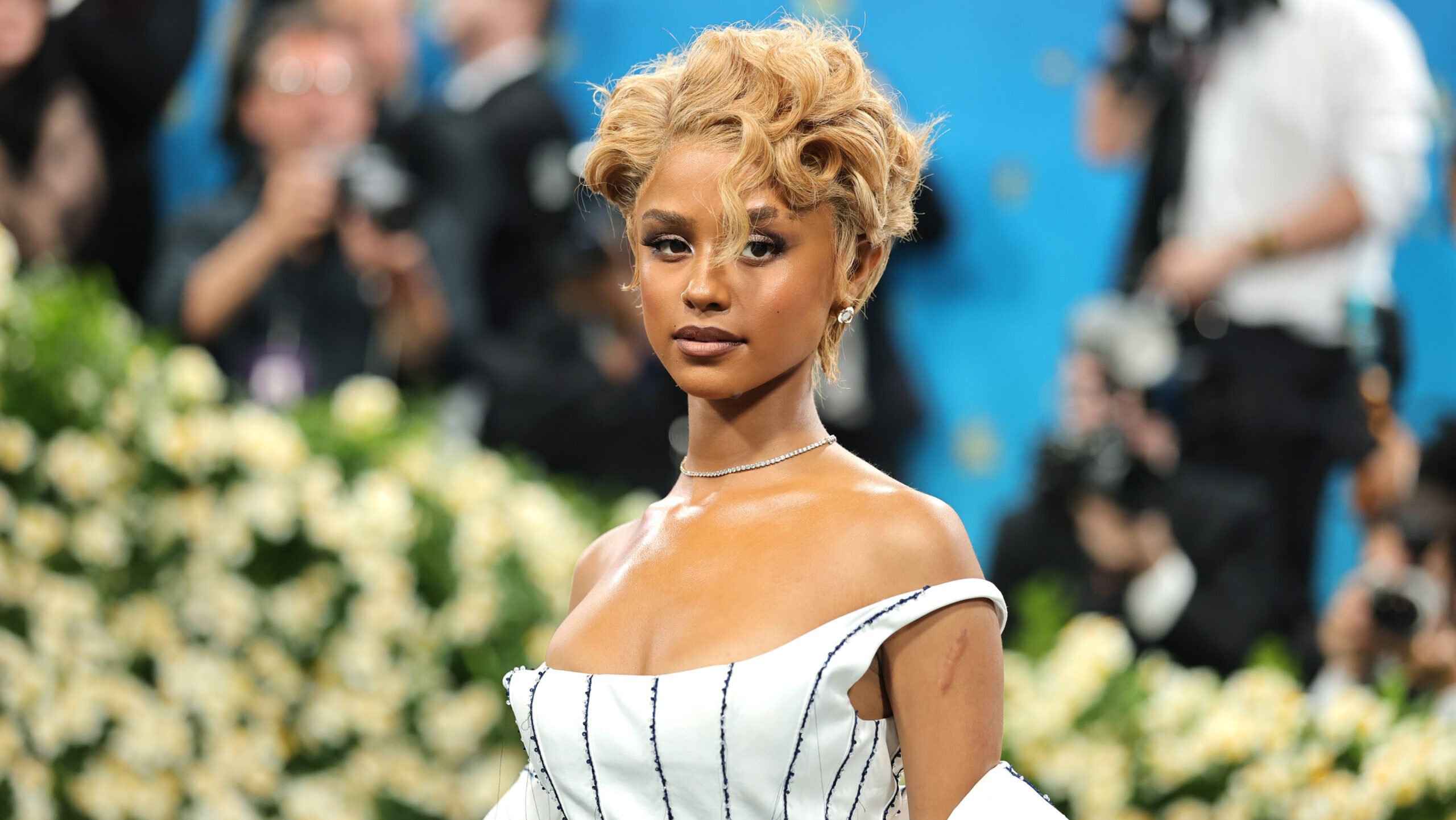
Tyla is reflecting on the aftermath of the identity controversy that erupted when it was first revealed how she identifies five years ago.
In a new profile with Variety, the 23-year-old South African pop star discusses her second album and opens up about the backlash she faced when she said she identified as “coloured,” a descriptor that’s standard where she’s from but carries different connotations around the world.
“That was really confusing for me,” she told the publication. “I understood both sides of the story, but I was left asking, ‘Ok, but what do I do now?’”
She added, “When who you are is challenged, especially when it’s all you’ve ever known, it shakes you. You want to stand your ground, because if you don’t, someone else will try to define it for you.”
The Grammy-winning singer, who has skyrocketed to global fame with her amapiano, R&B, and pop genre-blurring hits like “Water” and “Jump,” first began to face backlash in 2020 when footage of her stating she was “coloured” emerged on TikTok.
The term, which carries a different kind of weight in American culture, refers to people of a multiracial heritage in South Africa, like Tyla, who is of Black, Zulu, Irish, Mauritian, Indian, and Coloured descent.
The situation was made worse when, in 2024, during a now viral appearance on the popular morning show “The Breakfast Club,” she declined the chance to address the matter, leading to intensified scrutiny.
In response, the singer took to social media to clarify her identity: “Never denied my Blackness. I’m mixed with Black/Zulu, Irish, Mauritian/Indian, and Coloured. In South Africa, I would be classified as a Coloured woman, and other places, I would be classifed as a Black woman. Race is classifed differently in different parts of the world.”
She added, “I don’t expect people in other countries to identify me as Coloured, because it’s not a thing there. But I’m both. In South Africa, I’m Coloured. And I’m a Black woman too.”
The moment ultimately prompted broader conversations around how racial identity is shaped differently worldwide. It was also a reminder of the nuanced ways one “label” rarely fits all, especially among Black communities.


